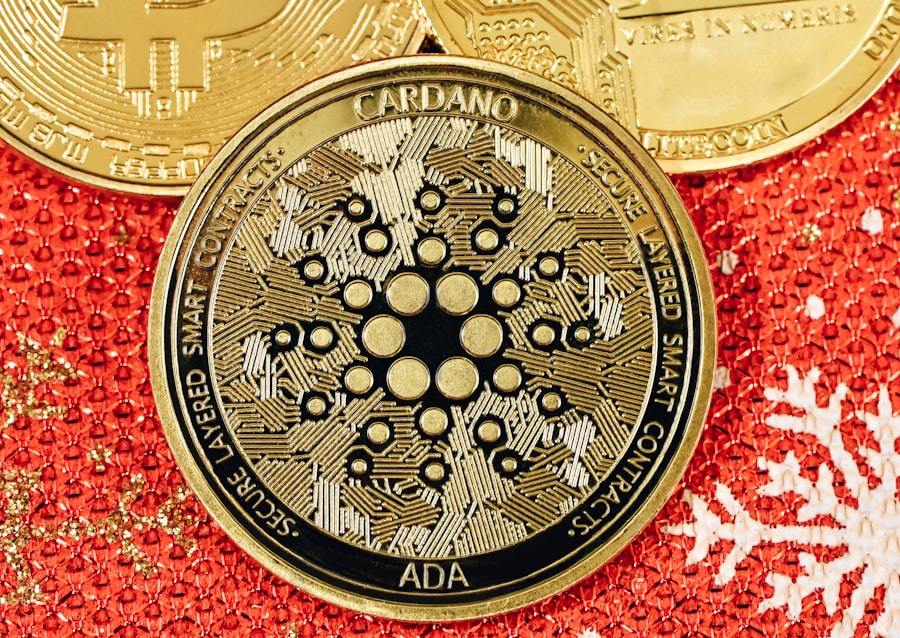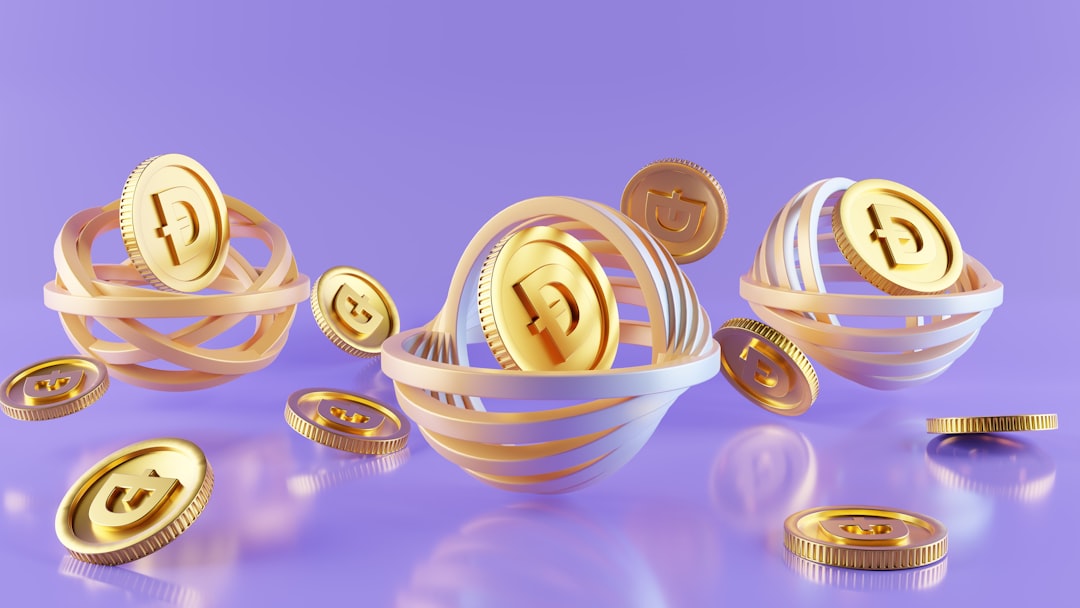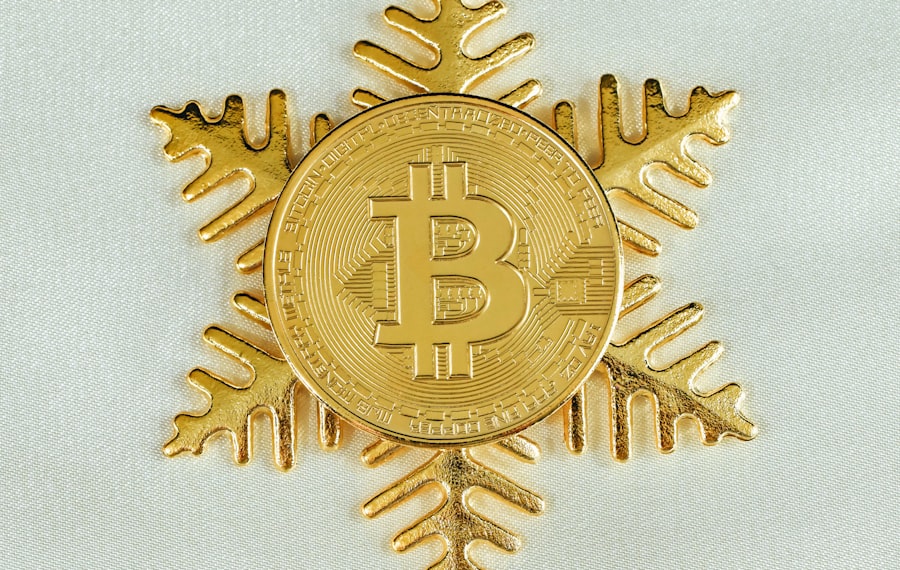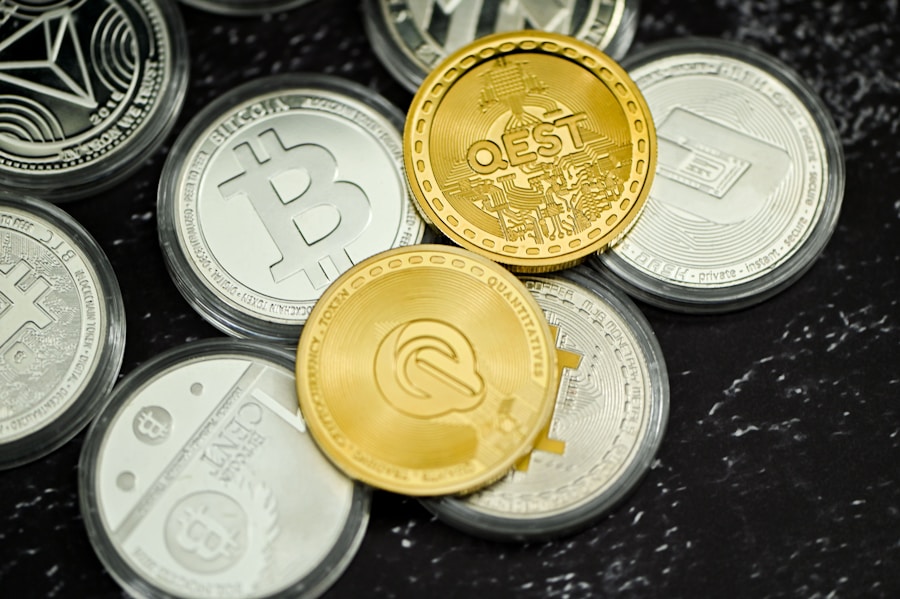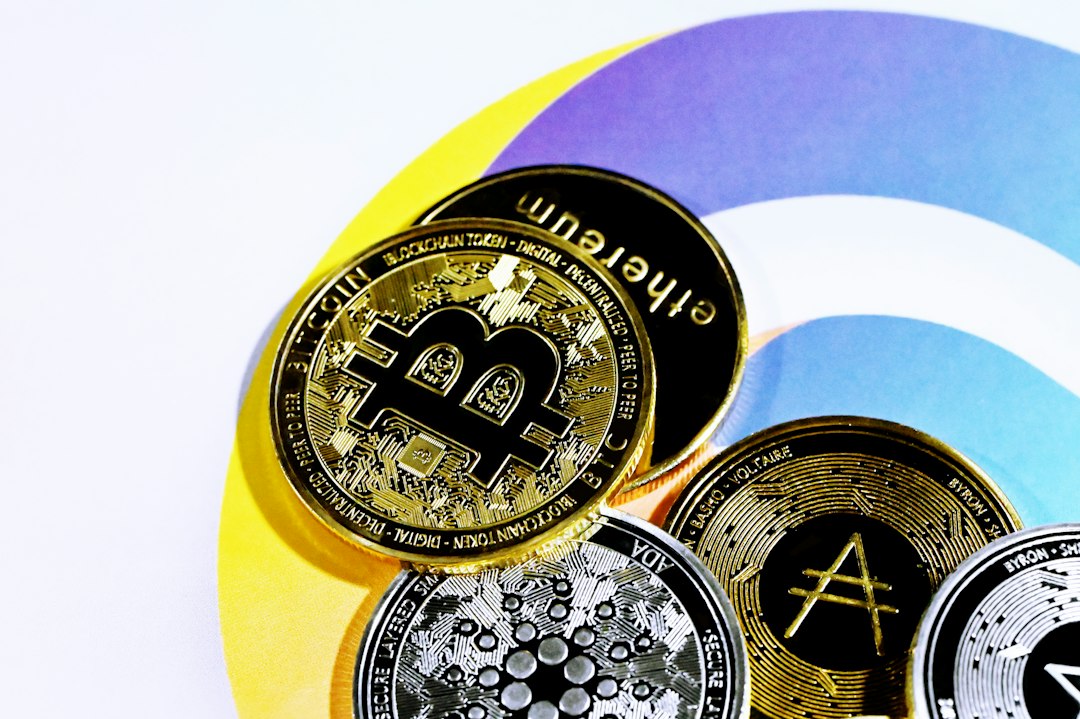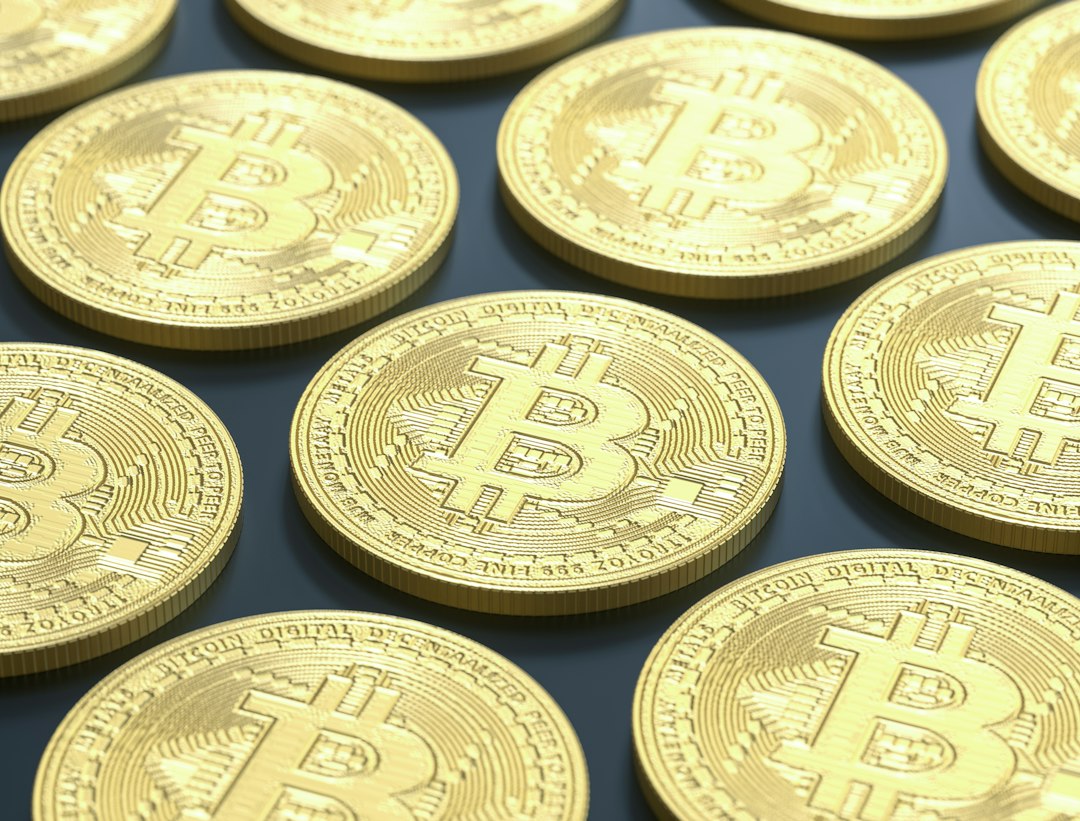NFTs, or non-fungible tokens, have taken the digital world by storm in recent years. These unique digital assets have revolutionized the way we buy, sell, and collect digital items, from art and music to sports memorabilia and fashion. NFTs are built on blockchain technology, which ensures their authenticity and scarcity. In this article, we will explore the rise of NFTs, their impact on various industries, and the future of this exciting digital phenomenon.
The concept of NFTs can be traced back to 2012 with the creation of Colored Coins on the Bitcoin blockchain. However, it wasn’t until 2017 that NFTs gained mainstream attention with the launch of CryptoKitties, a blockchain-based game where users could buy, sell, and breed virtual cats. This game popularized the idea of crypto collectibles and sparked a wave of interest in NFTs.
The Rise of Crypto Collectibles
Crypto collectibles are digital assets that are unique and indivisible. Unlike cryptocurrencies such as Bitcoin or Ethereum, which are fungible and can be exchanged on a one-to-one basis, crypto collectibles are one-of-a-kind items that cannot be replicated or divided. These collectibles can take the form of virtual pets, trading cards, virtual real estate, and more.
In recent years, we have seen a surge in popularity for crypto collectibles and NFTs. One of the latest trends in the NFT space is the emergence of celebrity-backed NFT projects. Celebrities such as Elon Musk, Snoop Dogg, and Lindsay Lohan have all released their own NFT collections, attracting a wide range of collectors and investors.
Some popular examples of NFTs include “CryptoPunks,” a collection of 10,000 unique pixelated characters that can be bought and sold on the Ethereum blockchain; “Art Blocks,” a platform that allows artists to create generative art pieces that are sold as NFTs; and “Bored Ape Yacht Club,” a collection of 10,000 unique cartoon apes that have become highly sought after in the NFT community.
Digital Art and NFTs
One of the most significant impacts of NFTs has been on the art world. NFTs have provided artists with a new way to monetize their digital creations and reach a global audience. By tokenizing their artwork as NFTs, artists can sell their pieces directly to collectors, eliminating the need for intermediaries such as galleries or auction houses.
The benefits of using NFTs for digital art are numerous. Firstly, NFTs provide proof of ownership and authenticity, ensuring that the buyer is purchasing the original artwork. Additionally, NFTs allow artists to earn royalties every time their artwork is resold, providing them with a passive income stream. This is a significant departure from the traditional art market, where artists often receive no compensation for subsequent sales of their work.
Several high-profile NFT art sales have made headlines in recent years. In March 2021, digital artist Beeple sold an NFT artwork titled “Everydays: The First 5000 Days” for a staggering $69 million at a Christie’s auction. This sale marked a major milestone for both NFTs and digital art, solidifying their place in the art world.
NFT Marketplaces
If you’re interested in buying or selling NFTs, there are several marketplaces where you can do so. These platforms provide a marketplace for creators to mint and sell their NFTs, as well as a venue for collectors to discover and purchase unique digital assets.
Some popular NFT marketplaces include OpenSea, Rarible, SuperRare, and NBA Top Shot. OpenSea is currently the largest NFT marketplace, offering a wide range of digital assets, from art and collectibles to virtual real estate and domain names. Rarible is another popular marketplace that allows creators to mint their own NFTs and sell them directly to buyers.
When buying or selling NFTs, it’s essential to do your due diligence and research the marketplace and the creator behind the NFT. Look for reputable platforms with a track record of successful sales and positive user reviews. Additionally, consider the scarcity and demand for the NFT you’re interested in, as well as the overall market trends.
Investing in NFTs
Investing in NFTs can be a lucrative opportunity, but it also comes with its risks. Like any investment, it’s essential to approach NFT investing with a strategy and a clear understanding of the market dynamics.
One strategy for investing in NFTs is to focus on established artists or creators with a proven track record. Look for artists whose work has gained recognition and has been sold at high prices in the past. Investing in these artists’ NFTs can be a way to capitalize on their growing popularity and potentially earn a significant return on investment.
Another strategy is to invest in emerging artists or creators who show promise and have a unique style or concept. These artists may not have gained widespread recognition yet but have the potential for future success. Investing in their NFTs early on can be an opportunity to support their career and potentially benefit from their future success.
However, it’s important to note that investing in NFTs comes with risks. The market for NFTs is still relatively new and volatile, with prices fluctuating rapidly. Additionally, there is a risk of scams or fraudulent activity in the NFT space, so it’s crucial to do thorough research before making any investment decisions.
NFT Gaming
NFTs are also making waves in the gaming industry, revolutionizing the way players buy, sell, and trade in-game assets. Traditionally, players would spend hours grinding in games to earn rare items or spend real money on loot boxes or in-game purchases. With NFTs, players can truly own their in-game assets and have the freedom to buy, sell, or trade them as they wish.
The benefits of using NFTs in gaming are numerous. Firstly, NFTs provide true ownership and scarcity to in-game assets, giving them real-world value. Players can buy and sell these assets on NFT marketplaces, creating a secondary market for virtual items. Additionally, NFTs allow for interoperability between different games, meaning that players can use their NFT assets across multiple games.
Several successful NFT gaming projects have emerged in recent years. Axie Infinity is one such project that has gained significant popularity. It is a blockchain-based game where players can collect, breed, and battle digital creatures called Axies. These Axies are NFTs that can be bought, sold, and traded on various marketplaces.
NFTs and Music
The music industry has also embraced NFTs as a new way for artists to monetize their work and engage with fans. NFTs allow musicians to sell unique digital items such as albums, concert tickets, or exclusive merchandise directly to their fans.
One of the benefits of using NFTs in the music industry is the ability to provide exclusive experiences or perks to fans. For example, an artist could sell an NFT that grants the owner VIP access to concerts or meet-and-greets. This creates a sense of exclusivity and scarcity, driving up the value of the NFT.
Several musicians have already released successful NFT projects. In March 2021, electronic music artist 3LAU sold an album titled “Ultraviolet” as an NFT for $11.6 million. This marked one of the largest NFT music sales to date and showcased the potential for musicians to monetize their work through NFTs.
NFTs and Sports
NFTs have also made their way into the world of sports, transforming the way fans collect and engage with sports memorabilia. Traditionally, fans would collect physical items such as trading cards or autographed jerseys. With NFTs, fans can now collect digital versions of these items, which can be bought, sold, and traded on various marketplaces.
The benefits of using NFTs in sports are numerous. Firstly, NFTs provide proof of ownership and authenticity for digital sports memorabilia, ensuring that fans are purchasing genuine items. Additionally, NFTs allow for unique experiences or perks for collectors, such as exclusive access to events or interactions with athletes.
Several successful NFT sports projects have emerged in recent years. NBA Top Shot is one such project that has gained significant popularity. It is a blockchain-based platform where users can buy, sell, and trade officially licensed NBA collectible highlights. These highlights are tokenized as NFTs, allowing fans to own a piece of basketball history.
NFTs and Fashion
The intersection of digital art and fashion has also been explored through NFTs. Fashion designers and brands are using NFTs to sell virtual clothing or accessories that can be worn in virtual worlds or on social media platforms.
The benefits of using NFTs in the fashion industry are numerous. Firstly, NFTs provide a new revenue stream for designers and brands, allowing them to monetize their creativity in the digital realm. Additionally, NFTs allow for unique customization options for consumers, who can mix and match virtual clothing items to create their own unique style.
Several successful NFT fashion projects have emerged in recent years. Luxury fashion brand Gucci released a collection of virtual sneakers as NFTs, which sold out within minutes. These virtual sneakers can be worn in virtual worlds or on social media platforms, allowing users to showcase their style and creativity.
NFTs and Social Media
Social media platforms have also embraced NFTs as a way to engage with users and provide unique experiences. Platforms such as Twitter and TikTok have introduced features that allow users to display their NFT collections or participate in NFT giveaways.
The benefits of using NFTs in social media are numerous. Firstly, NFTs provide a new way for users to express themselves and showcase their interests or hobbies. Additionally, NFTs allow for unique interactions between creators and fans, such as exclusive content or access to events.
Several successful NFT social media projects have emerged in recent years. Twitter CEO Jack Dorsey sold his first tweet as an NFT for $2.9 million, showcasing the potential for NFTs on the platform. TikTok has also introduced features that allow users to display their NFT collections on their profiles, creating a new way for creators to monetize their content.
NFT Newsletters
With the rapid growth and evolving nature of the NFT space, it’s essential to stay up-to-date on the latest trends and developments. Subscribing to NFT newsletters can provide you with valuable insights, news, and analysis from industry experts.
Some popular NFT newsletters to subscribe to include “The Defiant,” “Nifty News,” and “NFT Insider.” These newsletters cover a wide range of topics, from market trends and investment strategies to artist spotlights and project updates. By subscribing to these newsletters, you can stay informed and make more informed decisions in the world of NFTs.
NFTs have emerged as a groundbreaking technology that is transforming various industries, from art and music to sports and fashion. These unique digital assets provide creators with new ways to monetize their work and engage with fans, while collectors have the opportunity to own and trade one-of-a-kind items. As the NFT space continues to evolve, it’s important to stay informed and explore the endless possibilities that NFTs offer in the digital world.


